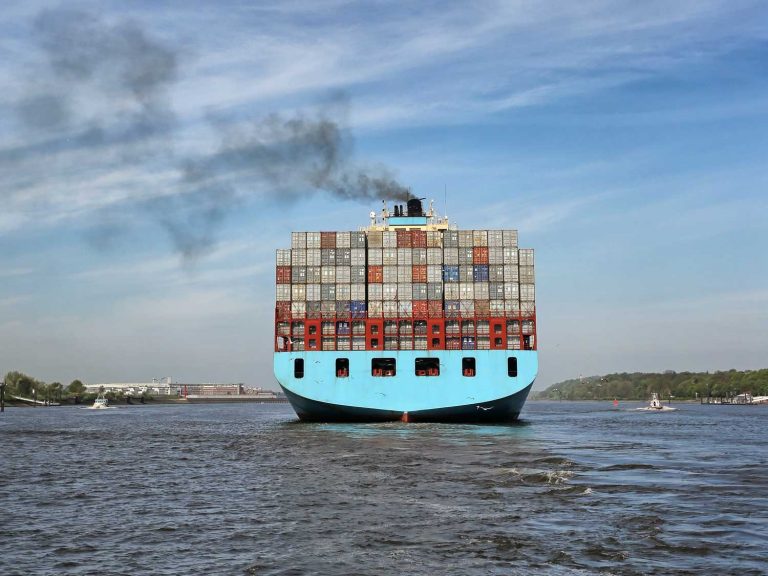
Date:
Carriers skipping congestion hit China ports
As Yantian announces further reductions in container gate-in times, to try and alleviate congestion, shipping lines are skipping calls at Chinese ports, with the mission to improve schedule reliability and equipment availability.
The partial shutdown of Yantian International Container Terminal (YICT) last week is a stark reminder of the impact that local COVID-19 outbreaks can have, with operations in YICT’s western area still suspended and operations in the eastern area, where the biggest vessels berth, reduced, with further terminal congestion and vessel delays anticipated over the coming week.
Yantian extended last week’s container receipt suspension over the weekend and while it is starting to receive laden containers again, container gate-in times have been reduced further to three days of a vessel’s ETA until the 6th June.
The two-day YICT suspension in accepting laden export containers and reduction in gate-in times is intended to tackle severe congestion within the terminal but, ironically, the actions have caused major traffic jams outside the terminal as trucks waited for up to 10 hours, or even more.
Shekou Container Terminals has announced that from Tuesday it will only accept laden export containers with a vessel ETA of five days, until the 6th June.
Carriers are dropping calls at Qingdao, Xingang/Tianjin, and Ningbo as congestion at the ports builds and Ocean Network Express (ONE) is skipping calls at Busan, the transshipment hub, to mitigate schedule delays. In order to avoid longer term disruption, shorter term disruption is the outcome.
The reduction in calls is mainly due to the ongoing pandemic, the Suez Canal blockage and delays in vessels berthing at US and European ports including Los Ángeles and Rotterdam, which has affected carrier schedules, leading to blanked sailings and the skipped calls at China’s ports. This is intended to assist in the recovery of the current challenging situation.
In a customer advisory Maersk highlighted the supply of 40’ dry, high cube, and reefer containers in mainland China, Hong Kong, and Taiwan is insufficient to satisfy current demand, while South Korea, Japan, and Vietnam also had insufficient supplies of 40’ containers and in some regions there are now reports of shortages of 20’ equipment.
Demand for exports from Asia, globally, is certain to continue into the third quarter and right now, the space issue is even worse than before Chinese New Year. It is likely the current challenges will not improve until the end of this year and quite possibly continue on to the next Chinese New Year in 2022, which commences very early on 1st February, putting further pressure on supply within the supply chain at all points.
While the congestion continues at Yantian and other Asia ports, we will continue to do everything we can to mitigate its impact and provide alternative solutions where it is appropriate or necessary. The key to strategic planning is visibility. Please continue to send your three month forecasts of movements to ensure we can manage your cargo flows and business expectations.
If you have any questions, concerns, or would like any further information regarding the situation in Yantian, please don’t hesitate to contact contact Elliot Carlile or Grant Liddell.
